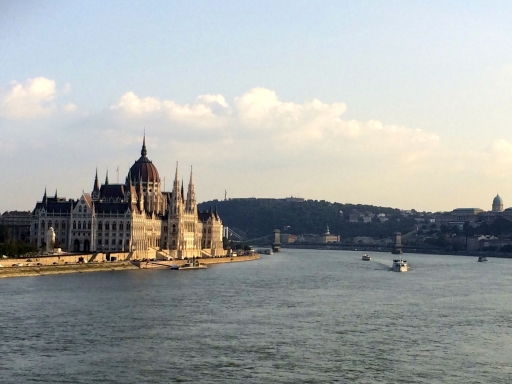Hungary’s role in the First World War is explored in an exhibition which has opened in Budapest to mark the Centenary.
Guests were reminded of the human cost of the conflict at the launch of the event in Várkert Bazár, a restored exhibition centre lying at the foot of the former royal castle on the Buda side of the Danube.
More than 660,000 Hungarian soldiers lost their lives between 1914-18, said Dr Bence Rétvári, Parliamentary State Secretary at the Ministry of Human Resources.
The losses were almost twice those of the Second World War, he said. In addition, there were almost a million prisoners-of-war and injured.
Together with Austria, Hungary constituted the dual monarchy of the Austro-Hungarian Empire, allied to Germany and Turkey in the war against Britain, France and Russia, and from 1915, Italy.
Entitled ‘A new world is born – European war between brothers,’ the Budapest exhibition looks at how the Great War radically changed the existing world order and society in the 20th century.
Dr Rétvári, national coordinator of Hungary’s commemorative events, said he considered it the most important exhibition of the year.
He expressed the Government’s support for a proposal by Hungary’s Centenary Memorial Committee to establish a memorial in Budapest ‘dedicated to the heroes of World War 1.’
“A nation that knows and has extensive knowledge of its history can expect a long-term future. A nation that forgets its history, does not preserve it and does not get familiar with it is, however, less likely to have a bright future in the long term,” Bence Rétvári said.
According to Dr Rétvári, if Hungary had been able to manage its foreign and military affairs individually back in 1914, the country would have had “different borders and a different history in the 20th century.”
Defeat in 1918 broke up the Austro-Hungarian Empire. Hungary became a republic. Its borders were significantly reduced under 1920 Treaty of Trianon, part of the agreements stemming from the Versailles Peace Conference.
The Várkert Bazár exhibition is curated by Mária Schmidt, Director General of the ‘House of Terror’, a museum in Budapest’s former secret police headquarters chronicling Hungary’s history from the origins of the Second World War to the Cold War.
Source: Hungarian Prime Minister’s Office
Images: Centenary News
Posted by: Peter Alhadeff, Centenary News
